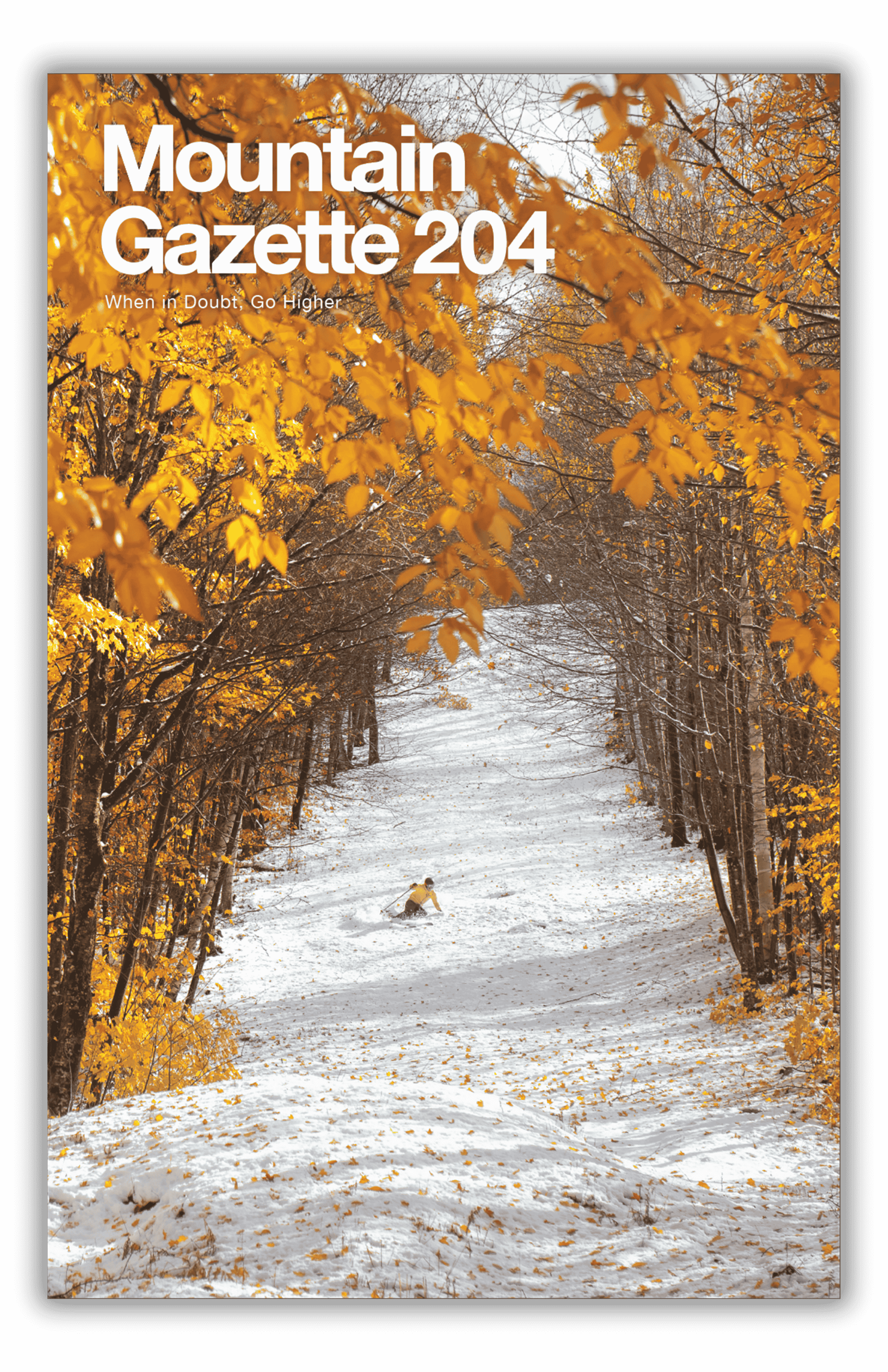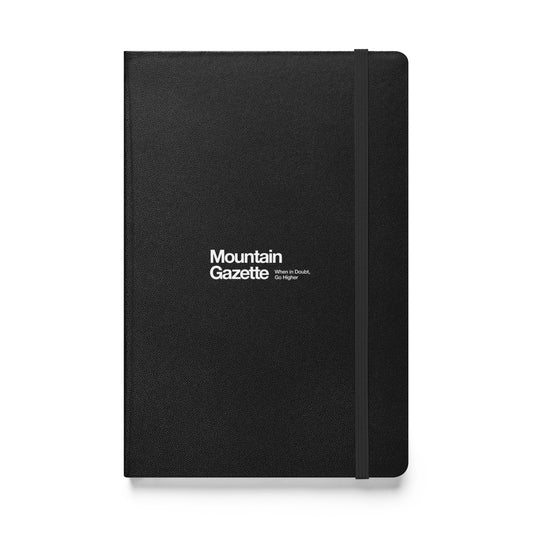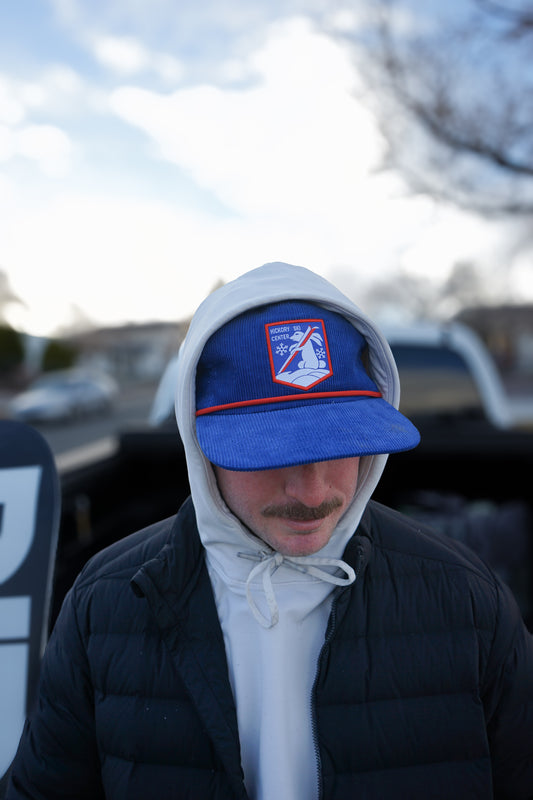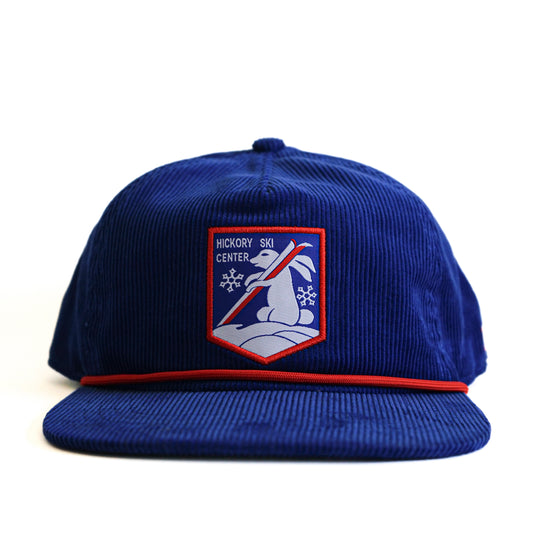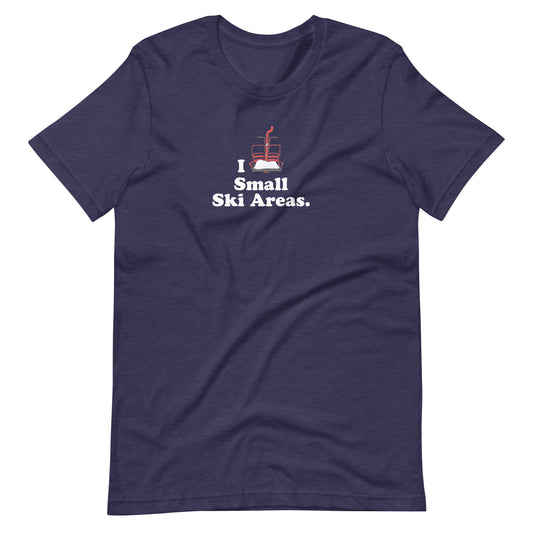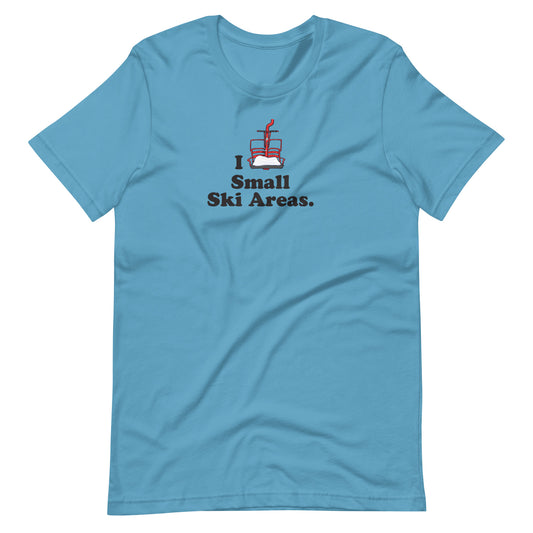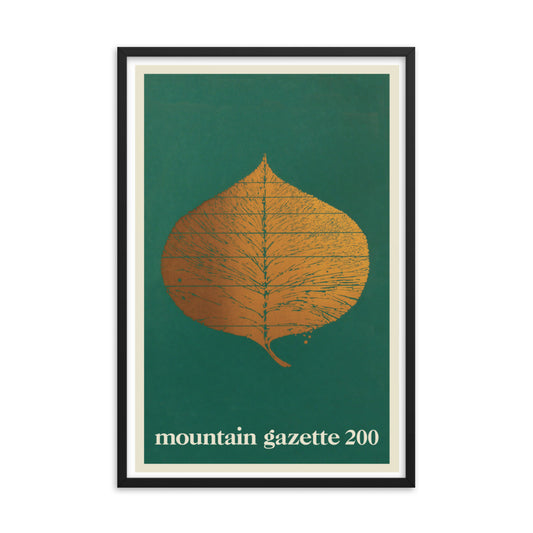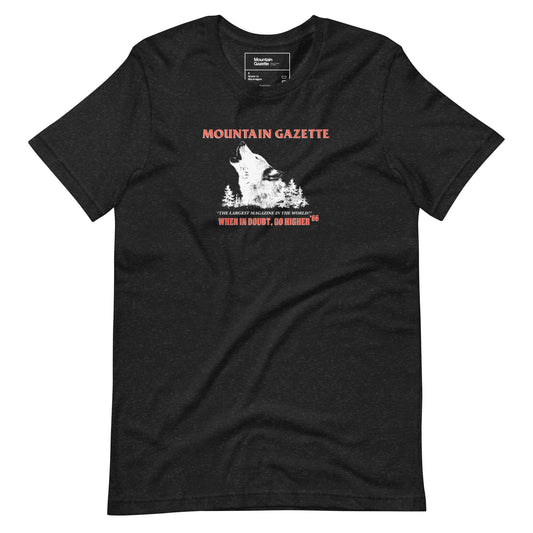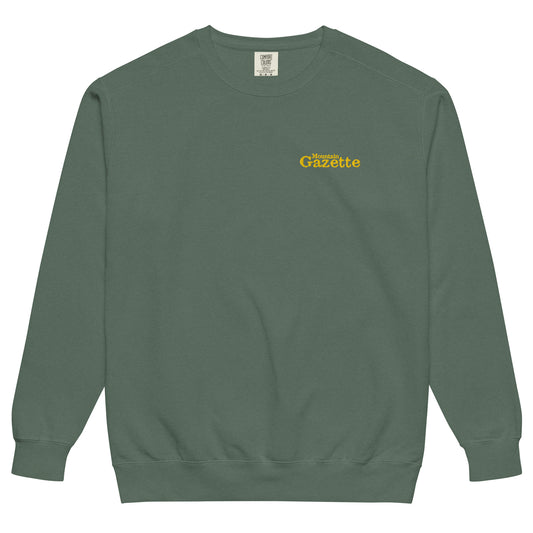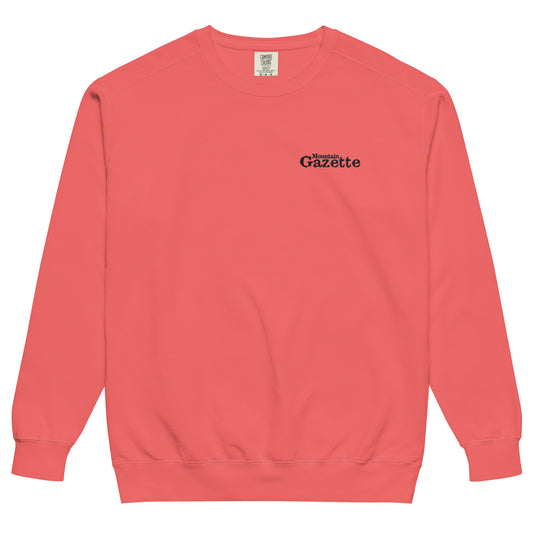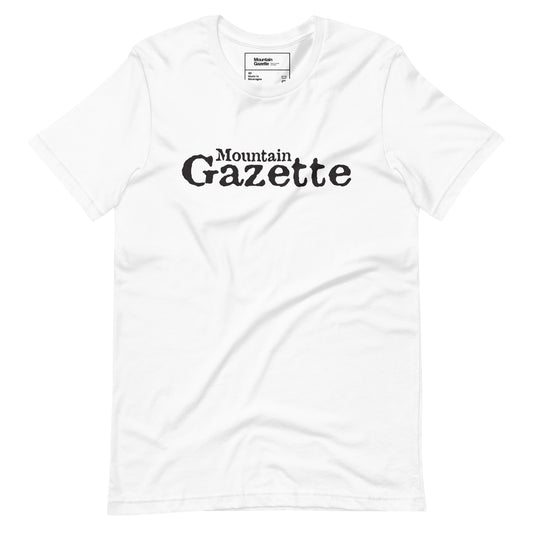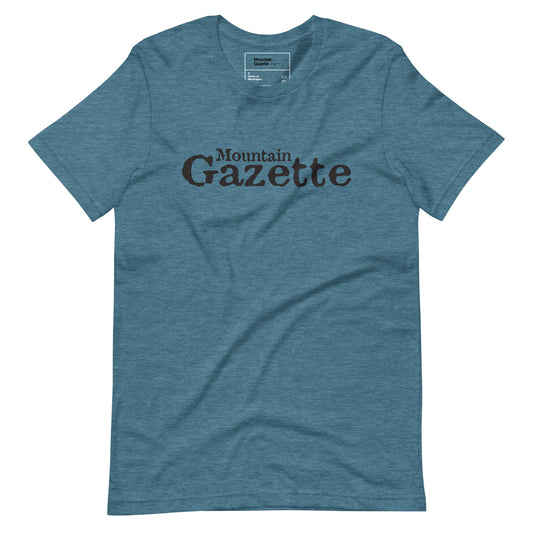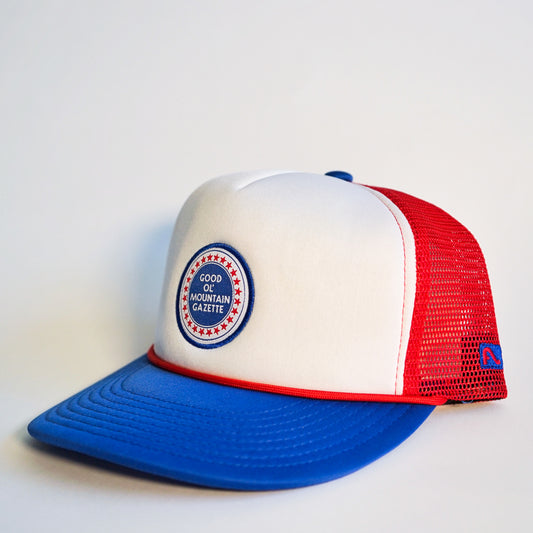Introduction and interview by Mike Rogge

Last month, a collection of the world’s best professional skiers gathered in Alaska for the inaugural Natural Selection Ski event. The results of the competition are under embargo until Thursday, April 17th, when the event will air on Red Bull TV. Last week, I reached Travis Rice, professional snowboarder and founder of Natural Selection, by phone to discuss the inception of the ski event, the future of the series—which includes snowboarding, skiing, surfing, and mountain biking—and how Rice considers himself a skier at heart. This interview has been edited for clarity.
Travis Rice: Hey Mike. You guys just got a good storm last week, right?
Mountain Gazette: Yeah, it’s crazy. First couple days of April were the best pow skiing of maybe the entire winter. Let’s begin with how many years are you into Natural Selection now, in this current iteration?
TR: Let’s see. We started work on NST… damn, I would say almost 20 years. Because in 2006–07 we were working on our first event, which happened in 2008.
MG: Got it. What was that one? That was Baldface, right?
TR: The very first one was actually called Natural Selection in Jackson Hole. And that ran in 2008. Then we stepped back from that one, filmed Art of Flight, and just learned a lot from our first event. There was so much enthusiasm—a lot of riders came from around the world and left saying this was the best event they’d ever been to. But it was so apparent how much terrain matters when doing an event. I basically spent four or five years looking for the perfect face that we could actually do some work on. I met Jeff Pensiero at Baldface, and we spent a few years working on Supernatural, which was in 2012.

MG: This year you’ve expanded into surfing, biking, and skiing. What was the idea behind going beyond snowboarding?
TR: There were a few things. This was actually our third year of bike, but we’ve been running a few events under the Proving Grounds title. It was still Natural Selection: Proving Grounds, but this was the first year it was leveled up to a Natural Selection Bike level.
And I thought it was telling that after we did our first year, some of the athletes and industry leaders—like Todd Barber—reached out. They had been wanting to build something within the biking sector but hadn’t figured it out. What we were doing just made sense. Early on, our thesis was about leveraging this “mutual admiration society” across adventure and action sports. It was apparent these cultures live alongside each other around the world—they have large numbers of participants but are still intimate, core communities.
You need stewards of these cultures. Without them, sports can take non-progressive turns. It used to be that the endemic brands or independent events helped steer the culture, but that’s lost momentum in the past decade. Trying to do these events at the level we do is really difficult, and over the last three years, we’ve had many conversations with friends, peers, athletes, and leaders in surfing and skiing. Collectively we decided we’re stronger together.
Skiing had been waiting in the wings—we didn’t want to do it until we knew we could follow through. It’s a big deal, and we didn’t want it to be experimental. We wanted to build it properly.
MG: I want to stay focused on this league aspect of it. I’m sure you’re getting this question a lot. It seems like in the last—gosh, not even year, maybe last nine months—there’s been Shaun White’s Snow League, the X Games under new ownership with Jeremy Bloom, and then on the ski side you’ve got Jib League and Slvsh. It all points to a real void right now.
I’ve heard from athletes on the ski side that there’s disappointment in how the sport gets presented. I think you guys do the best packaging around action sports. What you’re showing for Natural Selection Ski feels very true to ski culture. So is that calculated? Is it luck? Are you trying to differentiate yourself?
TR: There’s a few things there. I think the breadth and dynamism of these sports means it’s healthy to have some separation. Like the Snow League that Shaun started—I want to see that succeed. It brings new resources and energy into the space. We complement each other. We don’t have plans to go into halfpipe, but it’s a beautiful discipline. Many Natural Selection athletes are veterans of the Olympic cycle or X Games.
Take the Freeride World Tour—it’s evolving into a governing body that feeds into the Olympics. We want them to do good work because frankly, we’re not interested in being that governing body. We’re focused on putting on the best, most uncompromising events. We’re not set up to qualify athletes for the Olympics.
I think there’s a healthy ecosystem developing between all these properties. We’ve done one ski event so far—I don’t want to pretend we’re more than we are—but look at what the WSL (World Surf League) has done over 50+ years with the surf tour. We don’t want to be that. We want to put on a couple of major, uncompromising bike, snow, surf, and ski events. That’s it.

MG: What’s the ultimate vision for NST at this moment?
TR: We’re focused on the majors. We’re focused on doing a beautiful, triple-crown–style tour in uncompromising conditions. Best-in-class events.
MG: Cool. Let’s talk ski. One of the first pieces of info I got was that you hired Mike Douglas to head up the ski program. He’s literally known as the godfather of freeskiing. What led you to bring him in?
TR: That was an easy one. On paper, we could copy and paste what we built in snowboarding, and from a business plan perspective, that’s clean. But the nuance in each of these cultures means success only comes from empowering a team with the best intentions for the future of the sport.
We support the variance that’s going to occur as we mature within skiing. We want guys like Mike at the helm. We have an athlete ambassador program with people we think have skiing’s future in mind. Over time, we want to embrace and support the divergence in each vertical. Copy-pasting doesn’t get these things to their highest potential.

MG: Ironic, right? Snowboarding’s Olympic debut basically copied ski racing and it didn’t work. So there’s a lot of wisdom in learning from those past mistakes. On the athlete side—it was pretty impeccable. Can you talk about athlete selection? I know several pros are wondering, “How do I get in?” One athlete asked me, “Dude, what more do I have to do?”
TR: Totally. I mean, we only had eight ski men’s slots, so we’re definitely missing top talent. In snowboarding, we have a five-person selection committee. One is Liam Griffin, a voice of NST, and the others are independent media folks who have a strong pulse on what athletes are doing. We want to make sure those who deserve a shot get one.
In snowboard, half the field each year is new invites. You have to finish in the top half to return. We’ll probably do something similar for skiing. We eventually want a 24-rider ski field, and we want multiple paths for people to qualify—not just invites. We’ve run a thing called Duels in snowboarding for three years that helps us give out more invites. We want to expand that system.
MG: Your films, especially Art of Flight, influenced how ski films were made—music, camera work, all of it. Now, 15–20 years later, you’re one of the most vocal ski advocates. Is that a weird spot for a snowboarder?
TR: It’s funny. I always say this kind of tongue-in-cheek, I’m a skier at heart, but I skied hard until I was 12. That’s how I learned to read the mountain. Then I found snowboarding and fell in love with the culture. But zoom out—snowboarding wouldn’t exist without skiing. Skiing birthed snowboarding.
Sure, skate and surf were the countercultural influences, but skiing laid the foundation. And over the years, skiing has rebirthed through snowboarding influences. There’s been this seesaw of influence between the two. So now we’re at this point where we’re stronger together.
We’re focused on benevolence and symbiosis—what we’re doing has to be good for everyone involved. A lot of snowboarders can see that there’s a lot of health that comes from diving into skiing. It just makes sense.

MG: Let’s focus on the ski event, which I know airs next Thursday. I heard the event was first class, even though it was remote. What was your take on the venue, the snow, the filming, the competitive field?
TR: It was classic Alaska—conditions changed a lot. We had a big warm-up right before the contest. The venue had a lot of big spines, with south- and north-facing aspects. So we had variable snow—some parts were blower, some had a crust.
That added an element. Some riders were caught off guard by it. But overall, the venue and event ran really well. The skiing highlights are incredible, but it was hard too—especially for skiing, because skis can punch through crust and come off. It’s tough.
MG: From a personality standpoint, who stood out to you?
TR: Everyone was awesome. It was maybe the most enthusiastic group I’ve ever worked with. Parker White, for example—just stoked, helpful, contagious energy. Craig Murray—humble legend. Max Palm—saw things veteran riders didn’t. Then there’s Kai Jones, who is the next gen, and Kye Peterson, a big mountain legend.
Sam Kuch is just the transfer master. He is incredible at judging gaps and terrain. On the women’s side, we had Manon Loschi on her first Alaska trip next to Michelle Parker, who’s probably spent more time there than anyone else. The exchange of wisdom was amazing.
That venue was bigger and more complicated than most film lines. Tons to memorize. So much homework involved.
MG: Will there be a ski event next winter?
TR: Yes. This isn’t a flash in the pan. Like I said, we waited to do it right. We’ve got Mike Douglas on the team, along with our athlete advisor committee: Candide Thovex, Sammy Carlson, Chris Benchetler, Michelle Parker. This is built with the intention of growing.
MG: Nice. I know you’re in Alaska—thanks for your time. I’ve got some photos lined up. Anything I missed?
TR: Just that this is a communal effort. In the era we live in, metrics matter. So follow us on Instagram. Tune into the show. Tell your friends. Start a watch party. Every view is a vote to keep these events going. We’re a small organization trying to do great things—let’s do it together.
The debut of NST’s Ski event the YETI Natural Selection Alaska premieres on April 17 starting at noon PT on Red Bull TV. The best way to watch is on a full size TV through the Red Bull TV app. redbull.com/NSTski


